
- Doctors are busier than ever, clinic appointments are short, and many people feel they don’t have enough time with their healthcare provider and/or aren’t getting their needs met.
- A few simple strategies can help you make the most of every visit. Before your appointment, jot down your key concerns. Come prepared, lead with your top issue, back up your case with context that shows you’ve done your homework, and be persistent (but polite) about your needs.
- Remember that you are your own best advocate.
- If you still aren’t feeling the love or you think you’ve hit an impassable roadblock with your provider, it might be time to switch doctors.
Reading Time: 4 minutes
I’ve been a doctor for 42 years, but I’ve been a diabetes patient even longer, so I’ve seen how things work on both sides of the exam room door. I know how busy providers are juggling packed inboxes and a list of line items we’re supposed to check off in every 20-minute visit, and I know how discouraging it can feel as a patient when you leave an appointment thinking your doctor didn’t really hear you or answer your most important questions.
Patients can be hesitant to bring up certain topics with their providers. A 2022 survey found that about half of Americans are afraid to ask about their health condition or symptoms.
When it comes to communicating with your doctor, the best outcomes happen when you’re open and honest, and proactive in your own care.
After more than 55 years in diabetes clinics – on both sides of the stethoscope – here are my recommendations on how to psych out (er – work with) your doctor to get what you want and need from each appointment.
Use these 10 tips as your doctor discussion guide:
1. Butter Them Up

It may sound simple, but starting your appointment with: “Thank you for seeing me, I’m sure you’re crazy busy” goes a long way. It sets a positive tone, and can put your provider in a good mood right away.
If you want bonus points, bring chocolate! Or any little treat you think they might like. A small gesture of kindness can set the stage for a collaborative visit.
2. Come Prepared
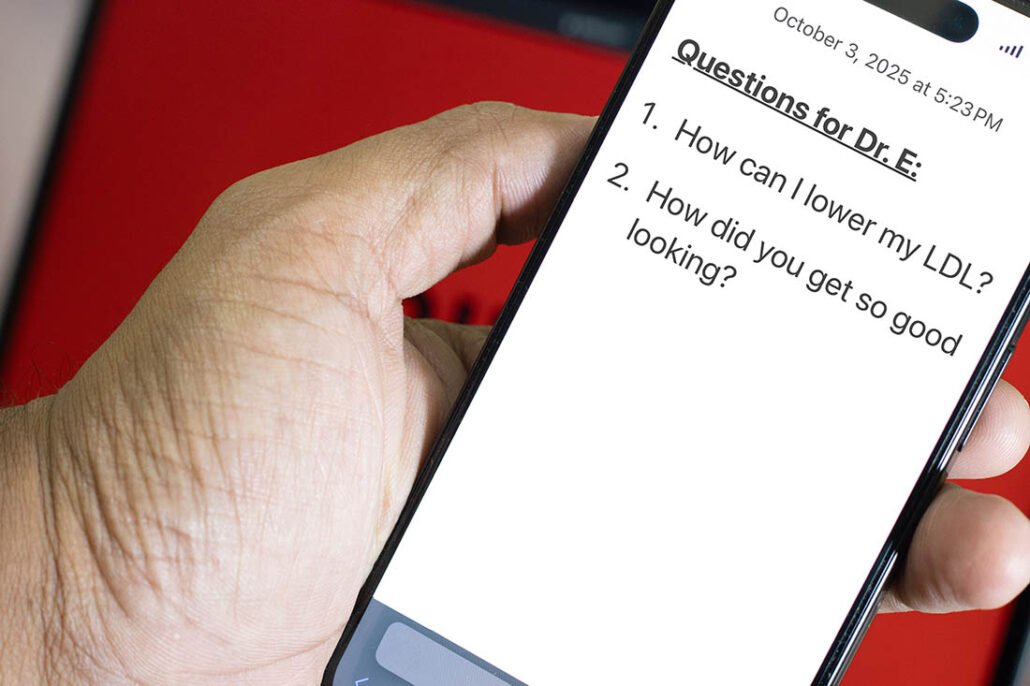
Think about what you want to get out of your appointment before you walk in the door (or at the very least, while you’re waiting in your underwear for your doctor to come in).
Here are a few things to consider when talking with your doctor:
- Your top 2-3 priorities. What do you want most from this visit? A new diabetes medication? A referral to a specialist? Education about a new diabetes device?
- Any new symptoms or concerns. Be specific. “I’ve been waking up with blood sugars in the 200s” is much better than “My sugars have been really high.”
As you get to know your doctor better, pay attention to their style, how they think, and how they react. Are they straightforward and efficient, or do they enjoy small talk and a good joke? The more you understand their style, the better you can tailor your approach.
3. Don’t Bury the Lede…the Clock Is Ticking!

Appointments are often only 15 or 20 minutes long, so don’t save your biggest concern for the last 60 seconds when your doctors have their hands on the doorknob to leave. Early in the visit, say something like: “I have one important issue I’d really like to cover today. Would you prefer we talk about it now, or later in the visit?”
This shows respect for your doctor’s time, while also making sure your biggest priority doesn’t get lost in the shuffle.
4. Tell Them What You Want (What You Really Really Want)

Sometimes patients hope their doctor will “read between the lines”, but subtle hints often get missed. Try to be as clear and straightforward as you can.
Here are some examples to add to your doctor discussion guide:
- Instead of: “I’m having a hard time”
Try: “I’m finding it difficult to afford my insulin. Can we talk about lower-cost options?”
- Instead of: “I don’t feel great on this medication”
Try: “This medication makes me nauseated almost every day. What alternatives might there be?”
Clarity helps your doctor offer solutions that can address your specific needs.
5. Back Up Your Case

If you’re hoping for a specific treatment, give your doctor the context they need so they can be better equipped to get you what you want.
For example, if you’re trying to get a prescription for Ozempic or Mounjaro, you might say: “I have a lifelong history of obesity and a family history of heart disease.”
This way, you’re not just saying, “I saw this cool commercial on TV and I want that shot.” Framing your request this way helps your doctor understand the full picture, and equips them to advocate for you with insurance, too.
6. Make Sure Your Ask Is Reasonable

Whatever you’re looking for, make sure it’s a medically reasonable request. Don’t ask your doctor for a prescription for Zepbound just so you can lose 10 lbs before your kid’s bar mitzvah next month!
That said, requesting support for ongoing weight management or to reduce long-term heart risks is completely appropriate, and something your doctor should help with.
7. Be Persistent (but Polite)

Sometimes you may have to bring up a topic more than once. Maybe your doctor got sidetracked or distracted with another matter, or didn’t realize your question was a priority. That doesn’t mean you should give up.
Politely circle back: “I know we’ve talked about my insulin resistance before, but it’s still a big concern for me, and I’d like to revisit this problem with you.”
8. Limit Your Requests
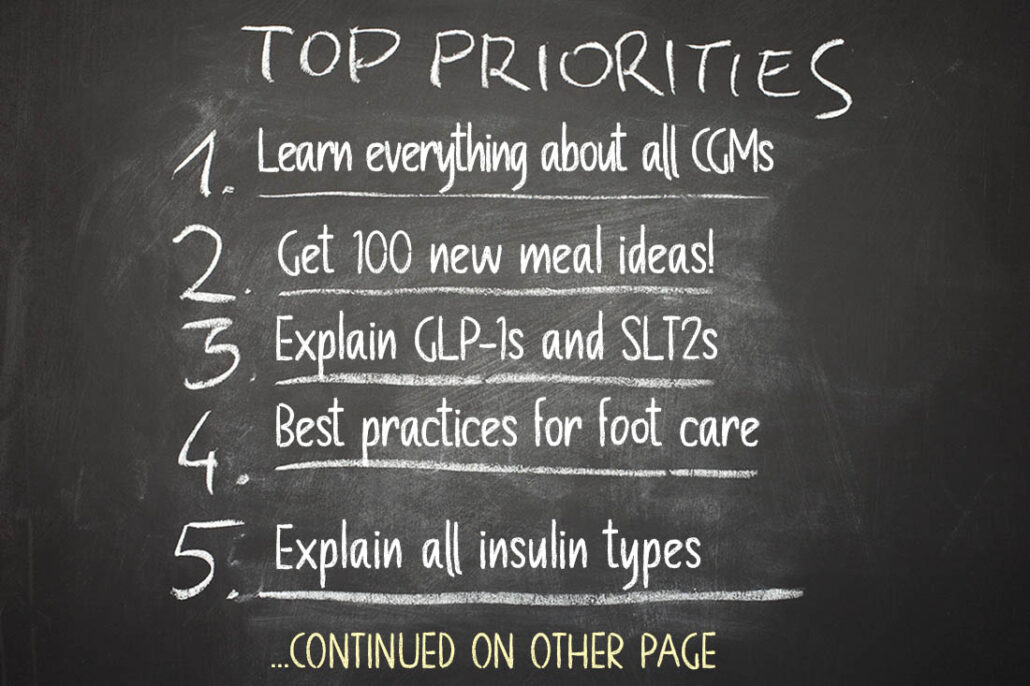
When it comes to questions for doctors, it’s tempting to bring a laundry list, but that can overwhelm even the most calm, cool, and collected provider.
Try not to come in with a binder of a zillion things you want to talk about. Focus on just a few issues per visit. If you have a lot to cover, ask about scheduling a longer visit, a video visit, or a follow-up appointment.
9. Follow Up If You Need To
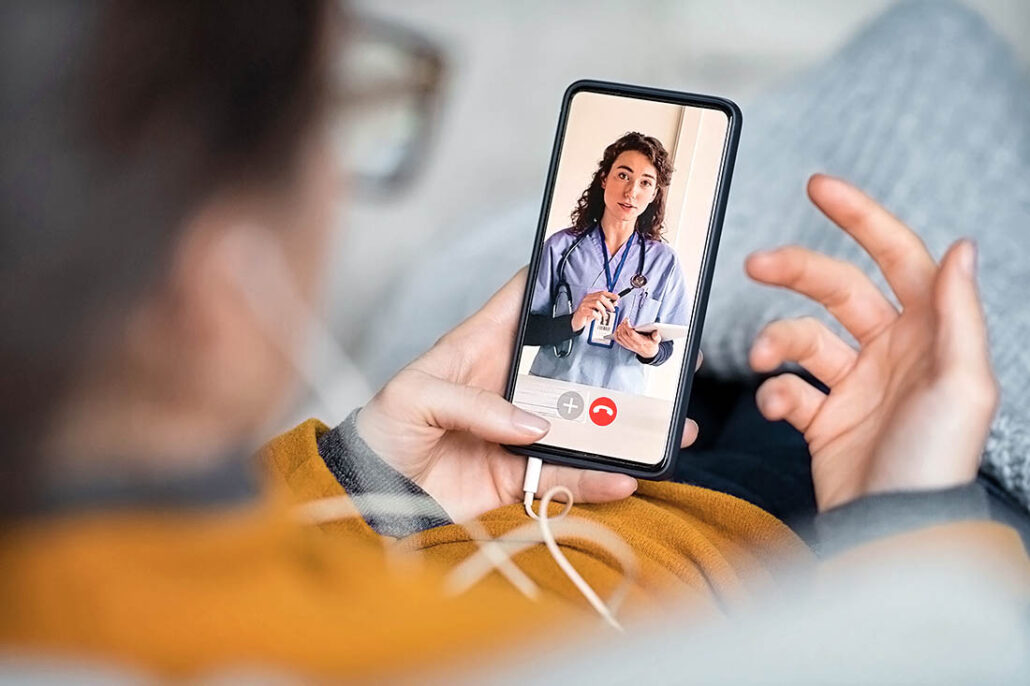
If you get home from your appointment and you’re unclear about instructions, or if your prescriptions don’t make it to the pharmacy, or if new problems come up, don’t be shy about reaching out to your doctor’s office. You can use the patient portal, email, or make a good old-fashioned phone call.
Keep your message short and specific:
- “Hi Dr. Lee, the pharmacy didn’t receive my insulin prescription. Could you resend it?”
- “I’ve had three afternoon lows since lowering my basal insulin. Should I adjust again?”
Timely follow-up prevents small problems from snowballing.
10. Be Your Own Advocate
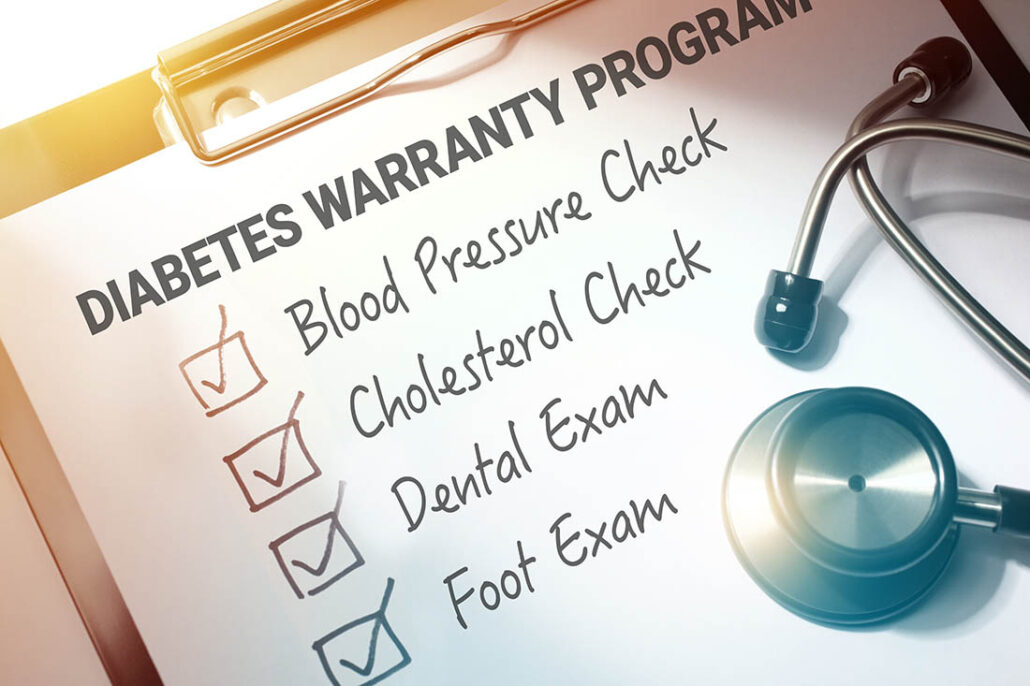
In the current times of managed care and the shrinking health care dollar, you need to fight for what you need. No one will fight for it harder than you. Be professional but persistent. Learn about the recommended screening tests to diagnose diabetes-related problems early, and ask your doctor about the latest medications, devices, and treatment options available. Find out what needs to be done to live a healthy and productive life with diabetes, and then do everything you can to achieve it.
Frequently Asked Questions
🧑⚕️ How can I get my doctor to be more empathetic to what I’m going through?
That’s a really common question. A lot of people feel like their doctors are focused on numbers, labs, and protocols, while missing the human part of what you go through day to day. You could ask your doctor a question designed to make them realize how hard it is to live with diabetes. Something like, “It’s so hard living with this condition. Have you ever had a medical problem that required this much attention?”
🚫 What should I do if my doctor won’t consider a product I want to try, like inhaled insulin Afrezza?
First of all, do your homework and make sure that the product, medicine, or device you’re requesting is something you’d be a good candidate for, and not off label. Demonstrate that you’ve done your research, and ask your doctor if you can just try it. Tell your doctor that if it doesn’t work, you’ll stop it. Be persistent…and say “pretty please”!
👎 What should I do if I don’t like my doctor?
Finding a good doctor who is right for you is extremely important for long-term success. If your provider isn’t listening to you, giving you enough time, answering your questions, etc., then it’s time to find a better one. Ask your family, friends, neighbors, coworkers, other doctors, or online diabetes communities for recommendations.
Key Takeaways
Healthcare is supposed to be a partnership. Your provider is there to guide, advise, and prescribe, but you know your body and mind best.
When talking with your doctor, being clear about your concerns, preferences, and goals will make it easier for your healthcare teams to help you. It’s like Tom Cruise famously told Cuba Gooding Jr. in Jerry Maguire… “Help me help you!”
At the end of the day, the more comfortable you are speaking up, asking questions, and sharing concerns, the more likely you’ll walk out of your appointments feeling informed, supported, and ready to take control of your diabetes.
Be sure to explore our resource library and video vault, and subscribe to our monthly digital newsletter for more tips, tools, and expert guidance on how to take control of your diabetes.

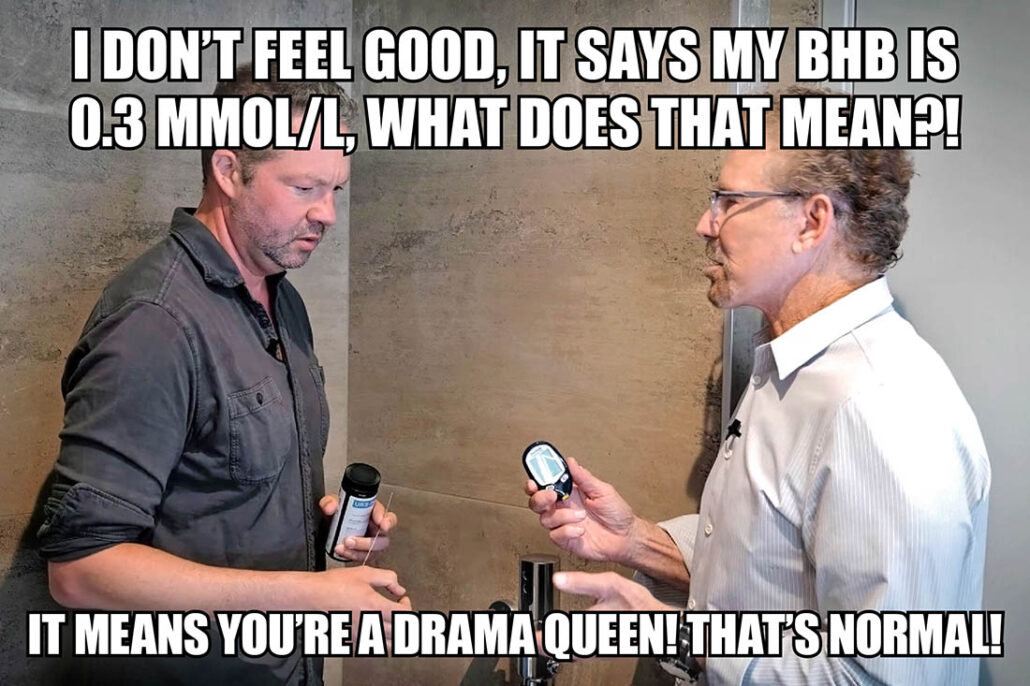
Our goal is to protect your personal health information. Please keep your questions general and do not post personal medical information here. If you have a specific question, please email events@tcoyd.org.
While I agree with this information, number 1 is a little over the top. “It may sound simple, but starting your appointment with: “Thank you for seeing me, I’m sure you’re crazy busy” goes a long way.” This is a good tip for doctors, as some leave you waiting for an hour or more in the waiting room. “If you want bonus points, bring chocolate! Or any little treat you think they might like. A small gesture of kindness can set the stage for a collaborative visit.” I already left my copay at the front desk. I’m not spending more money to bring my doctor gifts. Just be nice and understanding of how overworked doctors are and doctors need to do the same thing for their patients.
You have to know your audience, and your approach sounds good too.